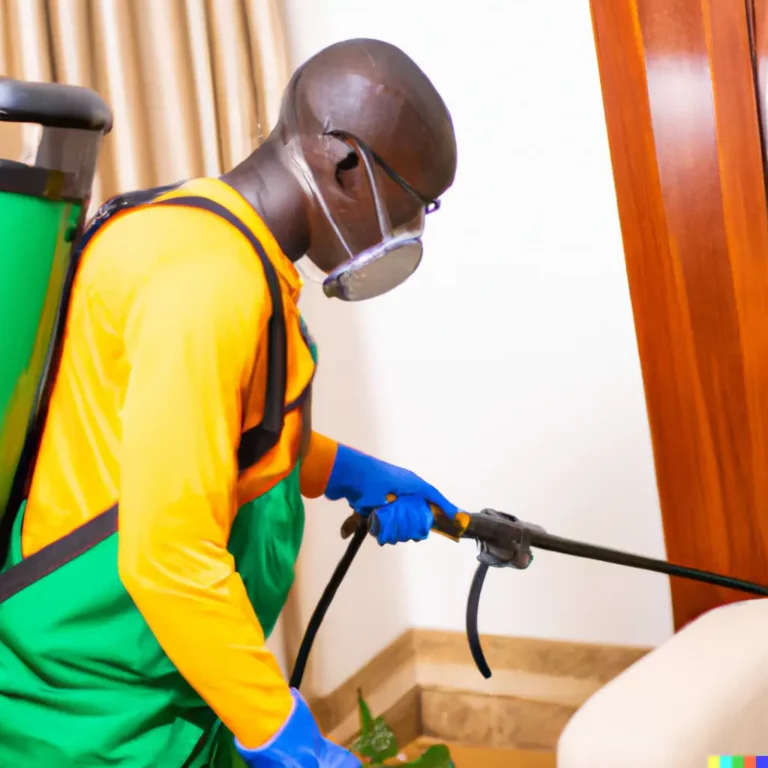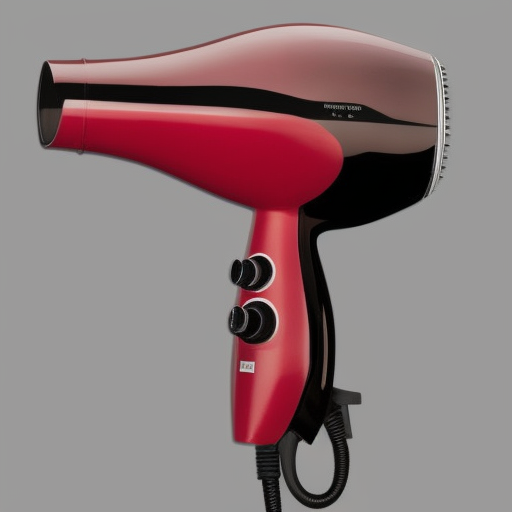Can bed bugs live on plastic toys
Have you ever found yourself rummaging through your child’s toy box, only to come across a small, crawling bug? As a parent, your first thought might be, “Are these bed bugs?” After all, bed bugs are notoriously difficult to get rid of and can infest nearly any household item. But can bed bugs actually live on plastic toys?
As a concerned parent, it’s natural to want to protect your family from these pesky pests. In this blog post, we’ll dive into the details of whether bed bugs can live on plastic toys and what steps you can take to prevent an infestation.
What Are Bed Bugs?
Before we get into the specifics of bed bugs on plastic toys, let’s first define what bed bugs are. Bed bugs are small, reddish-brown insects that feed on the blood of humans and animals. They are wingless and have a flat, oval-shaped body, making them excellent at hiding in tight crevices and cracks.
Bed bugs are attracted to warmth and carbon dioxide, which is why they are often found in beds and other areas where people sleep. They can hide in the seams of mattresses, behind headboards, and in the folds of bedding and clothing.
Can Bed Bugs Live on Plastic Toys?
Now, let’s address the main question: Can bed bugs live on plastic toys? The short answer is no, bed bugs cannot live on plastic toys.
Bed bugs need a warm, humid environment to survive and reproduce, and plastic toys do not provide these conditions. In fact, bed bugs are most commonly found in areas with fabric or upholstery, such as beds, couches, and chairs.
However, that doesn’t mean that bed bugs can’t hide in or on plastic toys. It’s possible for bed bugs to crawl onto a plastic toy and take a ride to another location, but they cannot establish a colony or reproduce on the toy.
How Do Bed Bugs Get Into Your Home?
So if bed bugs can’t live on plastic toys, how do they get into your home? There are a few common ways that bed bugs can enter your home:
- Travel: One of the most common ways that bed bugs are introduced into a home is through travel. Bed bugs can hitch a ride on clothing, luggage, and other personal belongings, and they can easily hide in the seams and folds of these items. If you stay in a hotel or Airbnb that has a bed bug infestation, it’s possible to bring the pests home with you.
- Secondhand furniture: Another way that bed bugs can enter your home is through secondhand furniture. If you purchase a used couch or bed that has been infested with bed bugs, the pests can easily spread to other areas of your home.
- Visitors: Bed bugs can also be brought into your home by visitors who have been in an infested environment. If someone visits your home who has bed bugs in their own home, it’s possible for the pests to spread to your home as well.
How Can You Prevent a Bed Bug Infestation?
So now that you know how bed bugs can get into your home, what can you do to prevent an infestation? Here are a few tips:
- Check for bed bugs when traveling: Before bringing any luggage into your home after a trip, inspect it for bed bugs. Look for small, reddish-brown insects or black spots (which could be bed bug excrement). If you find any evidence of bed bugs, leave your luggage in a sealed plastic bag outside of your home until you can wash and dry all of your clothes on the high heat setting.
- Keep your home clean and clutter-free: Bed bugs thrive in cluttered environments, so it’s important to keep your home clean and organized. Regularly vacuum and dust, and consider using a steamer to kill any bed bugs that may be hiding in hard-to-reach areas.
- Use protective covers on your bed: Investing in a high-quality bed bug cover for your mattress and box spring can help prevent bed bugs from getting into your bed in the first place. These covers are designed to create a barrier between you and the pests, making it difficult for them to reach you while you sleep.
- Inspect secondhand furniture before bringing it into your home: If you’re considering purchasing used furniture, be sure to thoroughly inspect it for bed bugs before bringing it into your home. Look for small, reddish-brown insects or black spots, and consider using a flashlight to check in hard-to-see areas.
Conclusion
In conclusion, while bed bugs cannot live on plastic toys, they can still hide in or on them and potentially spread to other areas of your home. To prevent a bed bug infestation, it’s important to be vigilant when traveling, keep your home clean and clutter-free, use protective covers on your bed, and inspect secondhand furniture before bringing it into your home. By following these steps, you can help protect your family from the discomfort and hassle of dealing with bed bugs.






